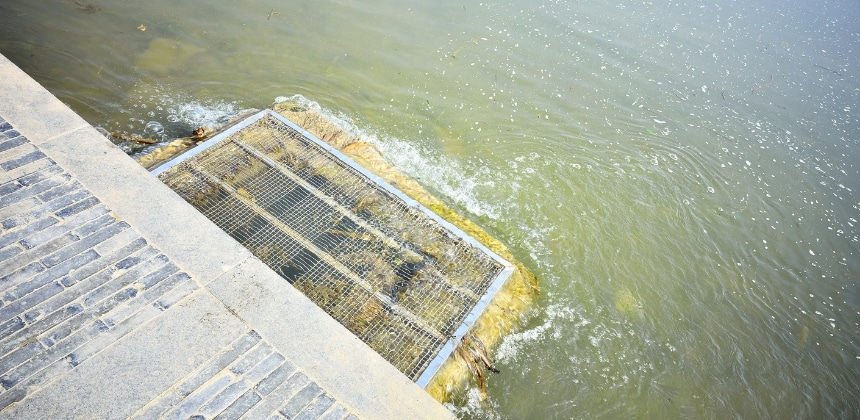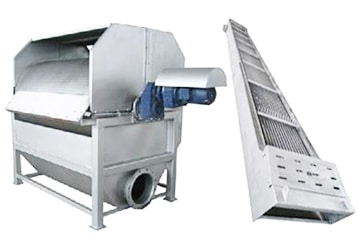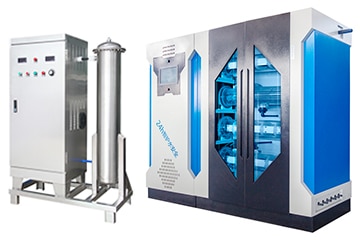Disposal Waste Water is a key aspect of environmental protection. With increasing industrial activities, the volume of wastewater generated continues to grow, posing significant challenges for its treatment and disposal. Improper disposal can lead to harm to ecosystems and human health. This article explores various wastewater disposal methods and their advantages, offering insights into safe discharge and reuse practices.
The importance of waste water disposal
Untreated sewage has a serious impact on human health and the environment. Sewage is wastewater from homes, businesses and industries that contains human excrement carrying high levels of bacteria and viruses. When untreated sewage flows into natural water bodies such as lakes, rivers and oceans, it can cause serious damage to aquatic life.
Therefore, wastewater treatment is crucial to treating large amounts of wastewater. Anyone who works in the wastewater industry knows that wastewater treatment and disposal is no small task.
Wastewater treatment process
Before wastewater can be treated, it must be pretreated. This applies to any type of wastewater, including water supplies used in residential, commercial and industrial settings. When wastewater is collected through the sewer, it is sent to a plant for treatment and disposal. The treatment process may vary from industry to industry, but the two basic stages include primary treatment and secondary treatment.
- Primary Treatment
Primary treatment involves the removal of solids from the wastewater. When the wastewater reaches the treatment facility, it passes through a screen that captures any large items floating in the water. Next, the water flows through a grit chamber where gravel and other small stones settle to the bottom. Finally, once the gravel has been removed, the smaller organic and inorganic materials that remain in the wastewater are removed in a settling tank.


- Secondary Treatment
Since primary treatment alone is not sufficient, the wastewater will also undergo secondary treatment, which is the purification of the water using a biological process. In this secondary treatment stage, a trickling filter and an activated sludge process remove nearly 87% of the organic matter using the remaining bacteria in the wastewater. At the end of the secondary treatment, the wastewater is disinfected and prepared for treatment.

Treatment options for large volumes of waste water
There are three types of wastewater treatment methods, depending on the type of wastewater and treatment facility. These methods include underground discharge, water reuse, and discharge to surface water.
Discharge to surface water is for example discharging water into a local pond, river or lake.
Subsurface discharge is where the wastewater is discharged into the ground. The method involves discharging septic tank effluent through a leach field pipe that directs the effluent from the tank to the soil. Once the wastewater leaves the leach field pipeline, it is absorbed by the soil and broken down by natural bacteria.
Water reuse is the process of recovering or recycling wastewater for other beneficial applications, such as agricultural and landscape irrigation or groundwater recharge. Recycled water used for these purposes typically requires less treatment than recycled water used for drinking water, and the small amount of residual contaminants in the wastewater is assimilated harmlessly into the soil structure. Water reuse is a cost effective and environmentally conscious method of reusing treated wastewater.
Wastewater treatment solutions
At KUOSI, we understand the importance of maintaining water safety through the use of optimal treatment and disposal technologies for large volumes of wastewater. As the wastewater treatment industry continues to evolve and water treatment processes become more advanced, KUOSI responds to industry trends and application characteristics to produce durable water treatment equipment and provide wastewater treatment solutions for industry applications. Contact us for a plant quote or to inquire about wastewater solutions.
Summary
Disposal of waste water is an important part of the protection of water resources and the environment that cannot be ignored. With the acceleration of global industrialization and population growth, the demand for wastewater treatment is increasing. Effective wastewater treatment not only reduces the pollution of water bodies, but also safeguards ecological balance and public health.
KUOSI is committed to providing innovative and reliable wastewater treatment solutions for various industries with advanced technology and efficient equipment. KUOSI offers sludge dewatering equipment, sludge dryers, sludge conveyors, DAF systems, dosing systems, disinfection systems, scrapers, wastewater screens and grit removal equipment and much more. If you need to know more about wastewater treatment solutions or are interested in our equipment, please feel free to contact us.
